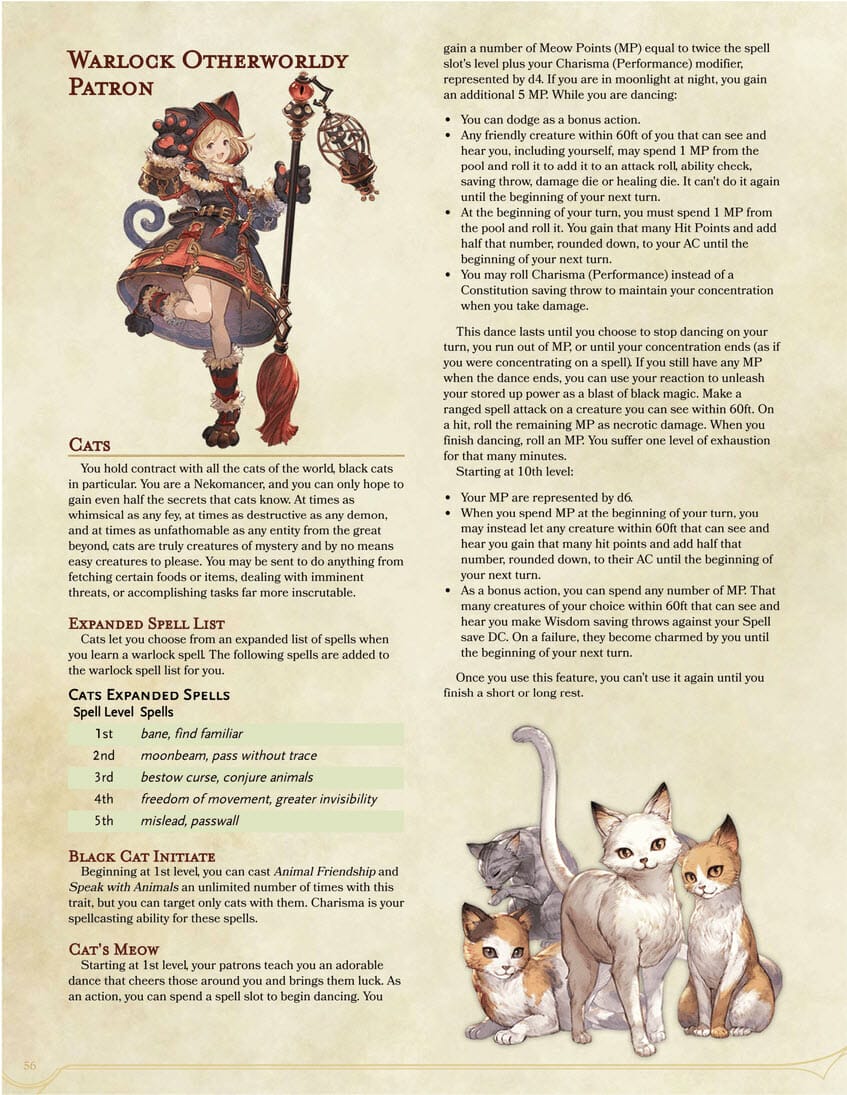

The summons act on the player’s initiative, taking their turns after them.

Out of homebrew rules that also help, my favorite is: Whatever the case, make sure that whoever is responsible for choosing the thing at your table is prepared. Hence I prefer to follow the less contradictory version, although plenty of tables use the SAC ruling. If we were to follow the logic of “if it does not explicitly say who chooses, then the DM chooses” elsewhere, we get to a very weird game where you don’t get to choose the target of polymorph or what it turns into, you can’t pick the spell you cast with wish, you don’t get to choose when to Action Surge, fabricate only lets you choose what materials you use and not what you create and more. RAW the player chooses the spell, due to it being worded in the same way as polymorph, but the designers’ comment in the Sage Advice Compendium contradicts that and brings its own take with issues. Check out this article on Tabletop Builds for relevant information( ). Communicate as to whether you will be using Rules as Written or Rules as Twitter regarding horde summoning spells, as there’s a lot of table variance here.Bonus points if you already have the appropriate sourcebook open on the page with all the rules for your summoned creatures for ease of reference. Since most if not all VTTs only allow DMs to add creatures to a map, it’s a good idea to send your DM tokens of anything you will be commanding in advance. When you declare that you will be casting a summoning spell, it would be wise to be fully prepared. Have the models/statblocks/tokens prepared beforehand.On a real-life battlemap, the secret to speeding things along lies in using both hands to move your minis. Moving all the creatures at once also means you can use an area selection tool if on a VTT to speed things along. If yes, do part of your stuff, resolve the LA, then continue. Just make sure to ask your DM if they’re planning on having anything use a legendary action between the turns of your minions. This means you can take all their turns at once. Bear in mind that most horde summons have all the creatures go on the same initiative.If you’re using a dice roller bot, you can probably already see the difference in speed between twelve uses of !r 1d20+4, followed by some amount of !r 1d6+2, as opposed to just getting it all done at once. If you would roll with disadvantage, just re-roll the hits. If you would roll with advantage, you can do so simply by re-rolling the misses separately(so they don’t get mixed up with the hits), then re-rolling the hits to see how many extra crits you got. Much faster than rolling d20s separately.

Then roll as many d6s for damage and add the modifiers together. If you have twelve skeletons firing their bows, for example, roll 12d20 to hit simultaneously and pick the rolls that hit.

This category includes find familiar and animate dead, for example.Īddressing the most common complaint regarding summons – speed By “a longer time”, I mean upwards of 8 hours. Persistent summons are what I call summons that last a longer time.This includes thins like summon greater demon and conjure fey. Single summons provide an individual creature.Examples include conjure animals and summon lesser demons. These spells typically provide creatures weaker individually, but are usually the strongest of the bunch due to action economy. For the purposes of this definition, “large” means two or more. Horde summons are defined as summoning spells that summon a large number of creatures.Examples include summon fey and summon draconic spirit. Tasha summons are summon spells following the design philosophy in Tasha’s Cauldron of Everything – that is to say, the spell provides you with a unique statblock for the creature you summon, and it typically scales with your spell attack modifier and save DC, as well as the level of the slot you cast it with.Throughout this article, I shall be referring to four different types of summon – Tasha summons, horde summons, single summons and persistent summons.
#Dnd 5e conjure animals how to
In this article, I would like to talk about how to be effective(and get stuff done fast) as a summoner in D&D 5e. Summoning spells are a really cool thing in 5 th edition, but they can be an extremely daunting prospect for newer players due to the complexity they present.


 0 kommentar(er)
0 kommentar(er)
